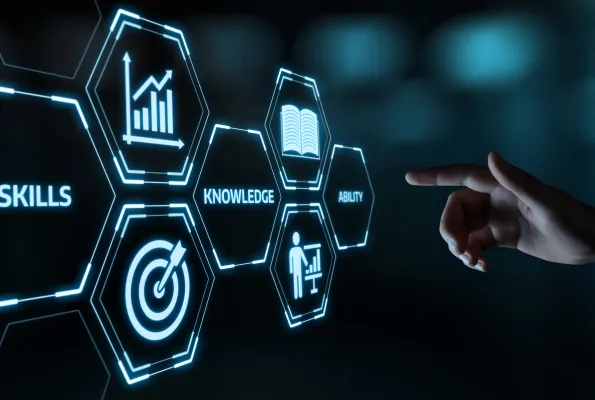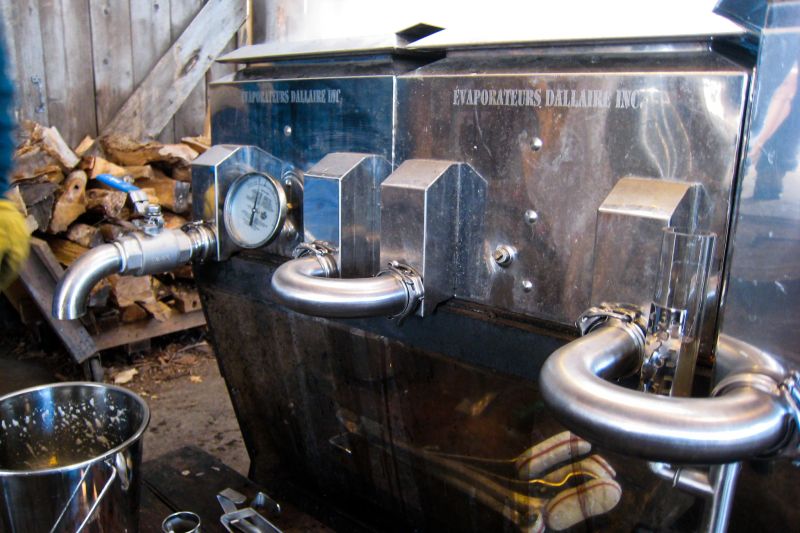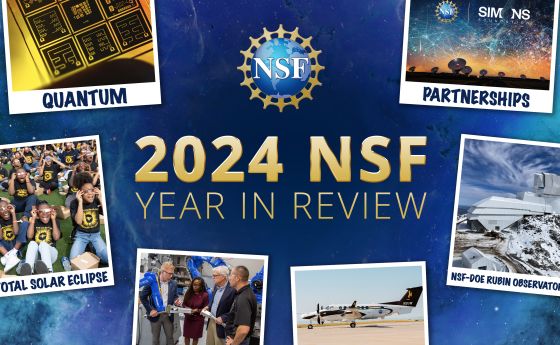
Measuring progress (and gaps) in the US skilled technical workforce
In fall 2021, the National Science Board and the National Center for Science and Engineering Statistics, or NCSES, made an important change to how they describe and quantify the STEM workforce. In the Science and Engineering Indicators report, The STEM Labor Force of Today: Scientists, Engineers, and Skilled Technical Workers, NSB and NCSES provided for the first time data on all people who use science skills in their jobs, not just those with a bachelor's or advanced degree. Using this more expansive definition, the science workforce represented 23% of the total U.S. workforce in 2019.
The new report also shows that a little more than half of those working in science, technology, engineering and mathematics fields are skilled technical workers, defined as those who work in a STEM job but who do not have a bachelor's degree.
"It seemed like a disservice to omit skilled technical workers," said Suresh Garimella, president of the University of Vermont and a member of the Board. "To disregard many of the people serving in roles that are critical for our economy and national security – that needed fixing."
Skilled technical workers are found in healthcare fields, construction trades, installation, maintenance and repair jobs, IT, and production occupations. They also work in agriculture.
"Ag is no longer what it used to be. It's not your grandfather's farm," Garimella said. "There's so much advanced sensing, automation and data analytics that goes on in food production." In Garimella's own state, maple syrup harvesting contributes over 50 million dollars to the economy and involves scientific approaches, complex machinery and high-tech measurements alongside experience and hands-on skills.
The path to this change
From 2017 to 2019, Victor McCrary, NSB vice chair and vice president for research and graduate programs at the University of the District of Columbia, led the Board's Task Force on the Skilled Technical Workforce. This effort culminated in NSB's 2019 report The Skilled Technical Workforce: Crafting America's Science & Engineering Enterprise. That report situated the skilled technical workforce firmly within the STEM workforce, stressed the need to shed the stigma that those who pursue careers in the skilled technical workforce are any less than those who pursue four-year degrees, and called for greater data collection on the skilled technical workforce.
"Today's electricians, HVAC workers, healthcare technicians, mechanics, machinists, and IT workers use a vast number of technologies and processes which require a solid understanding of STEM but do not require a bachelor's degree," stated McCrary. "The starting salaries for these jobs are competitive, and in most cases, the cost of entry is low compared to pursuing a four-year degree."
McCrary spearheaded the Board's effort to better recognize the centrality of the skilled technical workforce and obtain the kind of data found in the fall 2021 report. The collection of data started with listening sessions with faculty and students at community colleges and technical schools, regional and local industry leaders, and local policymakers. In these sessions they heard the same message: Companies need workers who have science knowledge. But the jobs don't always demand a college diploma. And those good paying jobs can give people a start into a long, prosperous, and rewarding career.
Demand for skilled technical workers is growing. According to McCrary, "For the automotive industry, there is a need for upwards of 1 million new workers who must know electronics, digital diagnostics, autonomous systems and coding, as automobiles are now electro-mechanical systems. And all of this training can be achieved without the need of a four-year degree."
In spring of 2020, NSF released its STEM Education for the Future report outlining a vision for U.S. STEM education and providing insights into educational challenges that the country will face. Echoing NSB's Revisiting the STEM Workforce and The Skilled Technical Workforce: Crafting America's Science & Engineering Enterprise, the report drew attention to multiple pathways that students may take to acquire new skills and credentials and noted a need to consider geography – where students and potential workers live – when thinking about how people acquire new STEM skills. NSF's report says that top priority should be given to ensuring learners at all stages of education have access to opportunities to STEM careers and that people from all backgrounds and regions should be able to contribute to the "innovation economy."
Broadening the talent pool
The lack of diversity in the U.S. STEM workforce continues to be a problem. NCSES data show that traditionally underrepresented groups remain underrepresented in science and engineering – a problem that sounds alarm bells for the nation's research landscape and economy. Diverse perspectives enrich and strengthen scientific results. And yet millions of people are missing from the equation – as noted in both Indicators and NSF's education report, which stated:
"It is crucial that today's students represent all dimensions of America's diverse society to facilitate equity and inclusion, because today's students will become tomorrow's STEM faculty, workforce and innovators."
One bright spot, say McCrary and Garimella, is that the skilled technical workforce is the most racially diverse segment of the STEM workforce. But like other segments, it is not fully representative of overall U.S. demographics. The fact that STEM jobs are more stable, pay more and are more resilient to economic downturns at all educational levels adds urgency to ensuring that the STEM workforce looks more like the nation.
Gathering data is key. "We need to monitor and understand what is happening with STEM jobs at all educational levels so we can improve." said McCrary. "Our research and national security ecosystem relies on a steady pipeline of diverse, domestic, STEM talent."
"It is also our responsibility as a nation to open up these jobs to a broader section of society," McCrary said. "Participation from a larger, more diverse population will help the U.S. remain innovative and competitive. But equally, we have a moral obligation to make STEM careers available to the 'Missing Millions.'"




